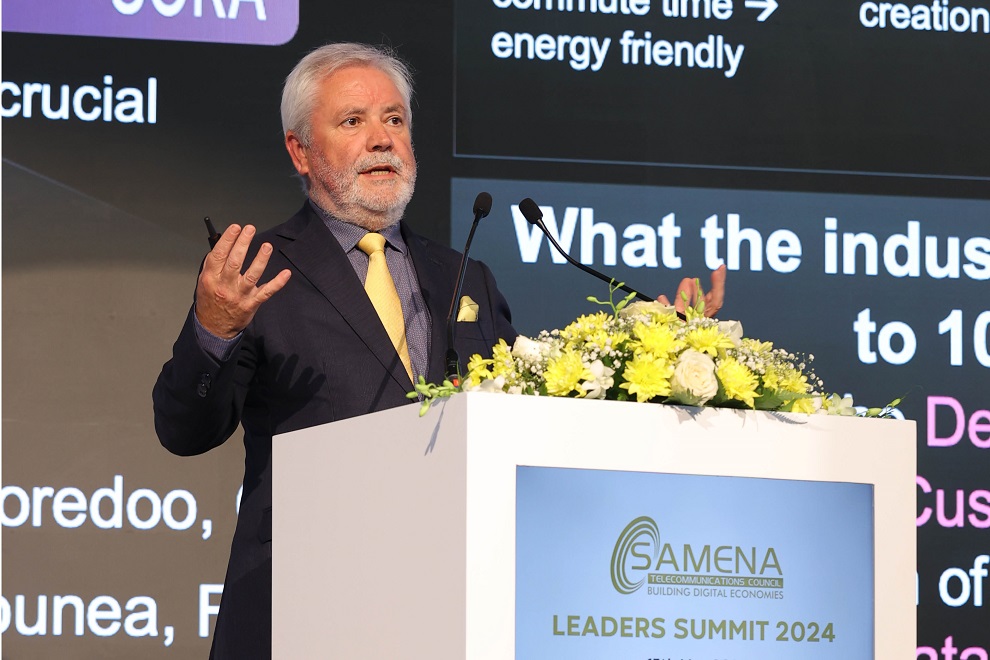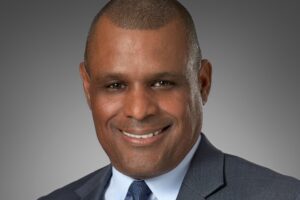Martin Creaner, Director General of the World Broadband Association talks to Teletimes International in an exclusive interview
Khalid Athar: Could you share a bit about your journey, and how you came to be the Director General of the World Broadband Association?
Martin Creaner: First of all, I’ve been in the telecom industry for nearly 40 years, which is quite shocking. I have worked in all different parts of the industry for operators and suppliers. But I spent about 12 years as the president and CEO of the TeleManagement Forum, the TMF. Running a big global organization like that was a very interesting experience. So when the World Broadband Association was launched, I was approached to see if I could bring some of that experience into forming a truly global broadband organization. So that’s how I’ve ended up as Director General of the WBBA.
Khalid: How long have you been with the WBBA?
Martin: The WBBA was launched at the end of 2022. So it’s been nearly two years since I’ve been involved with the WBBA.
“Now, there’s a recognition that adding a solid backbone of fiber in the access, backbone network, and data centers is really important”
Khalid: What are the major trends currently shaping the global broadband industry?
Martin: I think one of the most interesting facts about the global broadband industry is that the importance of fixed broadband is growing. For the last 20 years, the world has been really dominated by mobility and getting people connected on a mobile basis. Now there’s a recognition that adding a solid backbone of fiber in the access, backbone network, and data centers is really important. The other key trend is around sustainability. There’s also a lot of discussion around economic fairness and closing the digital divide. So those would maybe be three trends, along with the shift from hundred megabit broadband to one gigabit broadband to ten gigabit broadband, depending on what part of the world you’re talking about.
Khalid: How are emerging technologies like 5G and fiber optics transforming the broadband landscape?
Martin: I think people know a lot about 5G and the opportunities around fixed wireless access. Fiber is obviously the premium technology for broadband, providing ultra-high bandwidth opportunities. It’s got the best sustainability credentials, uses the lowest energy, has the fewest faults, requires the fewest truck rolls, and will last for a long, long time in the ground. So the capabilities of fiber optics make it the technology of choice. In the past, we’ve used DSL technologies and cable, and there’s obviously some opportunities around satellite. But the reality is that most of the world is focusing on fiber optics as the technology of choice for broadband.
Khalid: What steps is the World Broadband Association taking to address the digital divide, particularly in underdeveloped regions?
Martin: The World Broadband Association recognizes the importance of closing the digital divide and has incorporated this topic into many of our collaboration activities. We have one dedicated topic, the broadband investment guidebook, which looks at different strategies that countries can use worldwide to incentivize national broadband investment. It looks at supply-side and demand-side incentives, direct and indirect incentives. So our broadband investment guidebook is one of the key strategies, as well as our dedicated task forces on regions like Africa, where we look at the opportunities for knocking down the barriers to broadband investment and in doing so, closing the digital divide.
“The World Broadband Association recognizes the importance of closing the digital divide and has incorporated this topic into many of our collaboration activities”
Khalid: What are the biggest regulatory challenges facing the broadband industry today? And how is the association addressing them?
Martin: Oddly, the biggest regulatory challenges tend to be very basic challenges, such as the right of way across land to lay fiber and obtaining wayleave permissions in different regions of the world. These regulatory issues, of course, delay the launch of broadband services. Overcoming those basic planning challenges is crucial. There are also major challenges around regulations related to sustainability and energy efficiency, and spectrum regulation, which, of course, comes into play. So there’s a range of regulatory challenges, but I would emphasize that every regulator we meet is very keen to remove any barriers to broadband investment and to accelerate the rollout of fixed fiber broadband across the world.
“The WBBA has just released a sustainability guidebook, which looks at how to reduce energy consumption across any mobile operator. It covers areas like technology swaps, with swapping towards fiber offering great sustainability credentials and capabilities”
Khalid: Could you please discuss the sustainability practices within the broadband industry? How is the association encouraging green initiatives?
Martin: Sustainability is a very hot topic within the whole communications industry. The WBBA has just released a sustainability guidebook, which looks at how to reduce energy consumption across any mobile operator. It covers areas like technology swaps, with swapping towards fiber offering great sustainability credentials and capabilities. There are sustainability challenges in the customer premises equipment, focusing on reducing energy wastage within buildings and back offices. There are many different approaches to improving the sustainability of a network, and we’ve detailed them in our most recent white paper on the topic of energy efficiency within broadband networks.
Khalid: What new technologies do you see on the horizon that could further revolutionize broadband?
Martin: Revolutionizing broadband will likely involve technologies related to speed, such as 10 GPON or 50 GPON, and more advanced networks. But there are also many technologies on what we call the demand side of the industry. These include 4K video, 8K video, AR, VR, and 3D glassless TVs. All of these technologies will create a demand for broadband, which will mean that we will need to roll out 10 GPON and 50 GPON capabilities over the coming decade.
Khalid: What are the strategic goals of the World Broadband Association for the next five years?
Martin: The World Broadband Association was formed only two, two and a half years ago. So it has a lot of growing to do. The success of any industry organization depends on getting a good group of members, so you are representative of the broadband industry, getting excellent members in every part of the world, running really successful collaboration programs that address problems of common interest to members worldwide, and organizing really interesting, large, and engaging events where all of our members can come together and do business. So the goals are really around excellent membership, excellence in collaboration, and excellent events.












